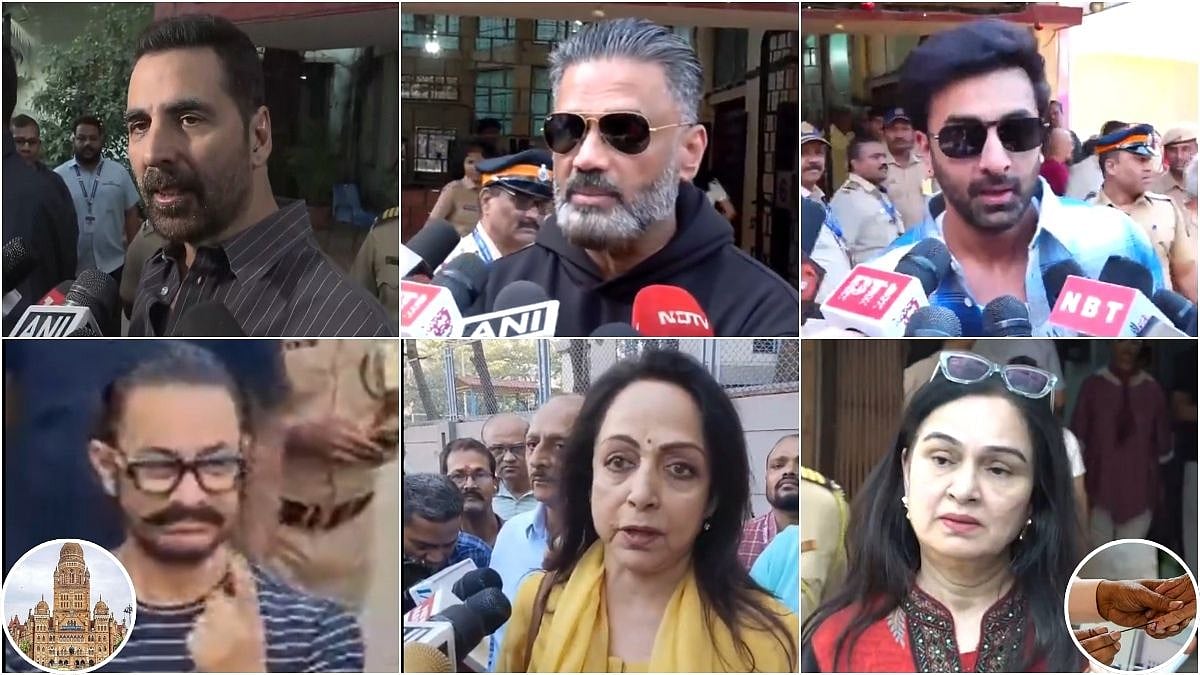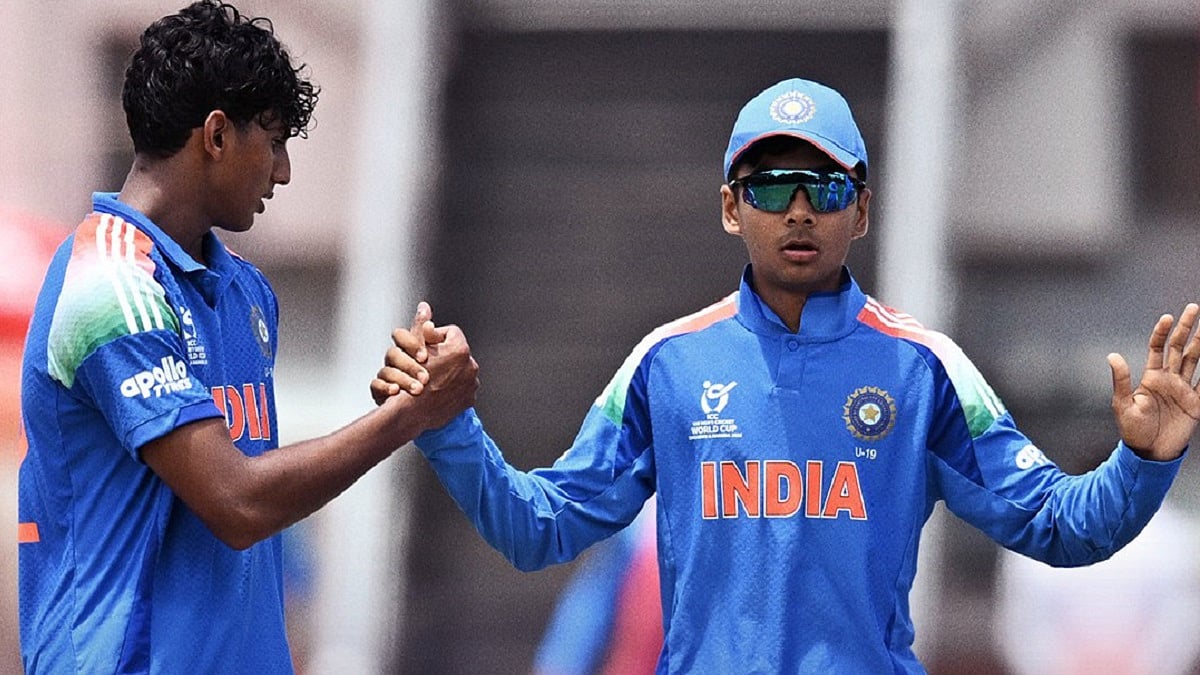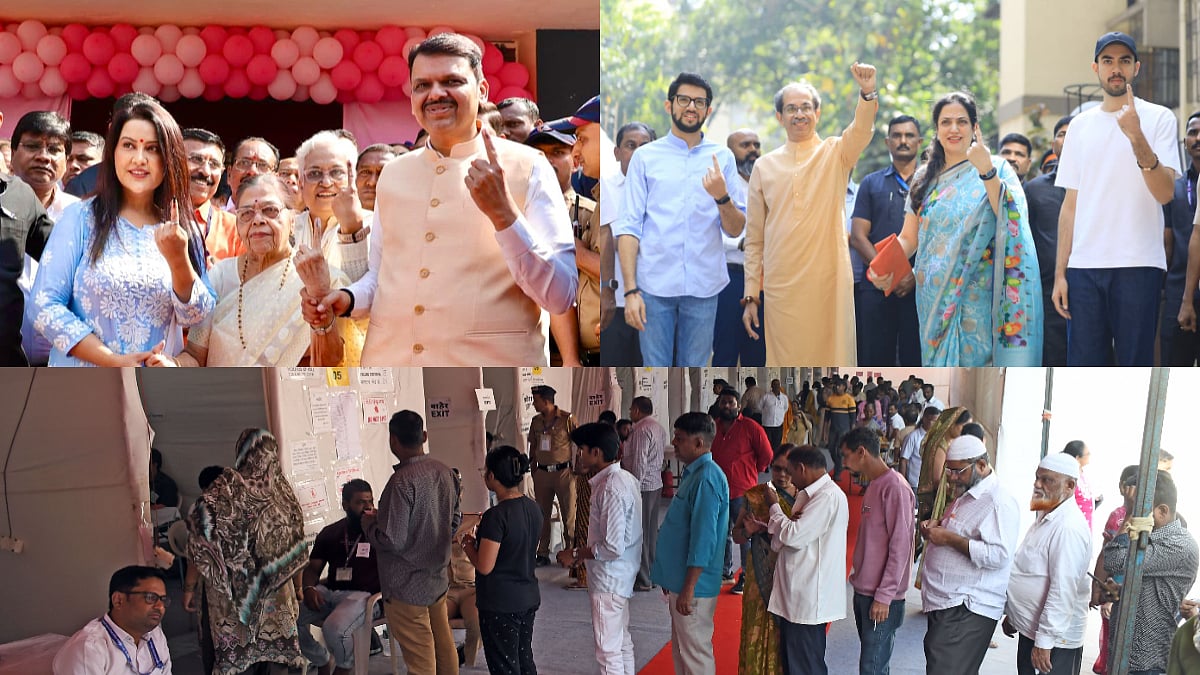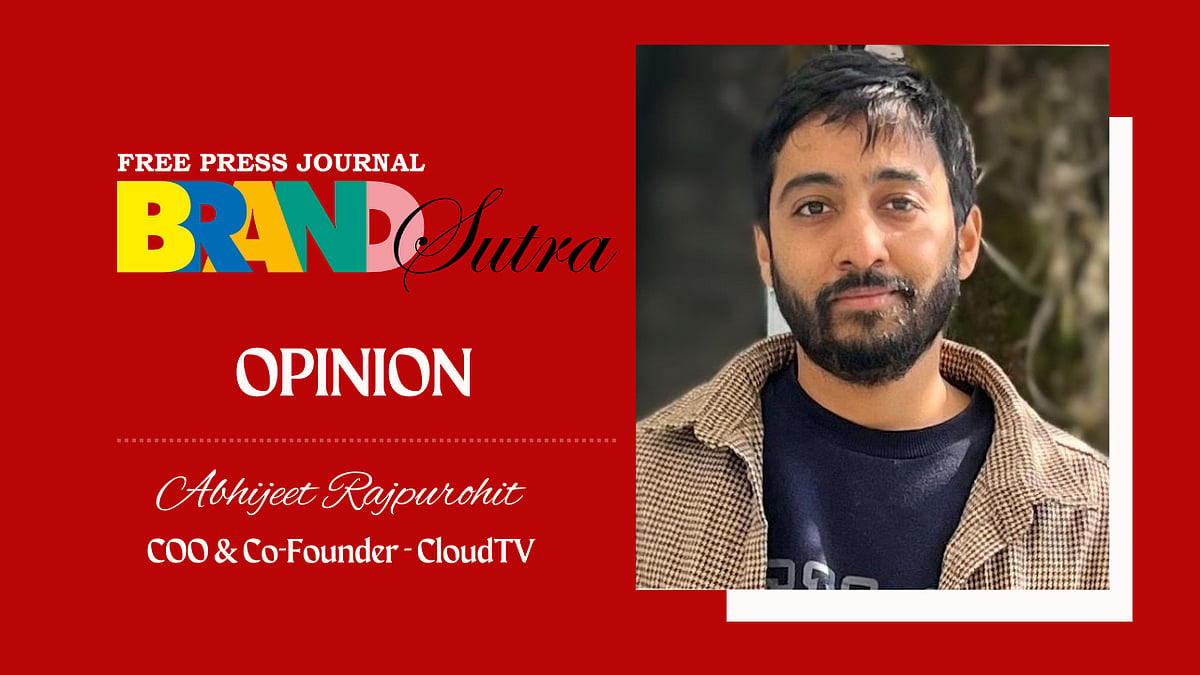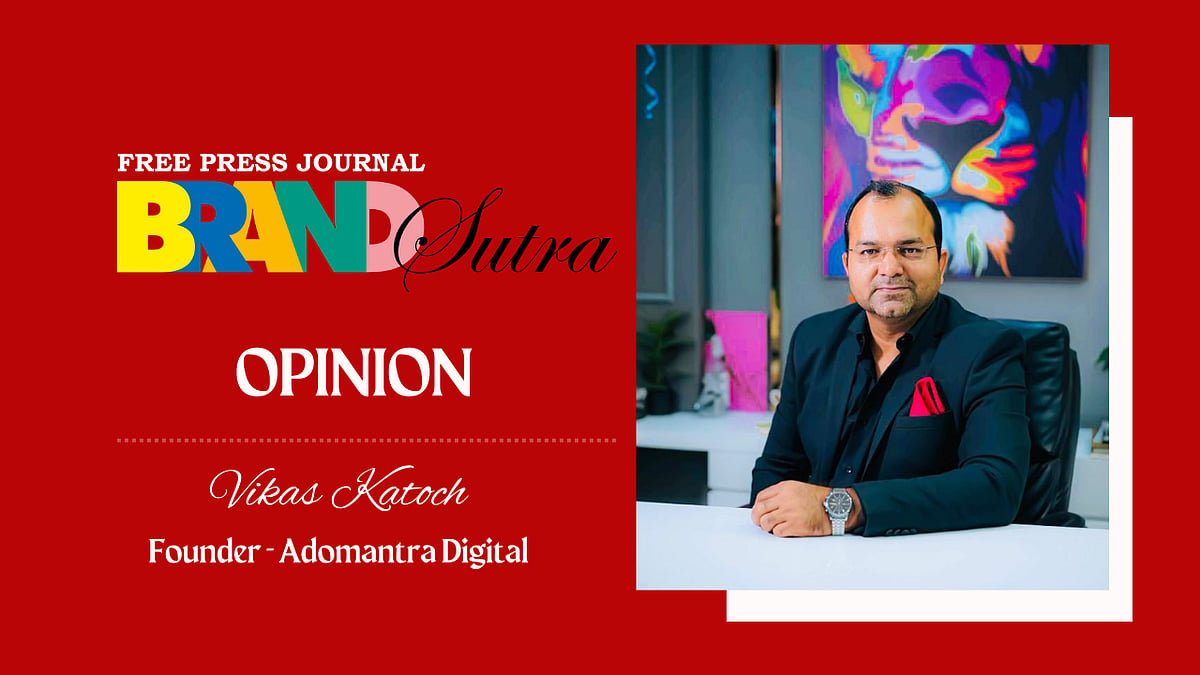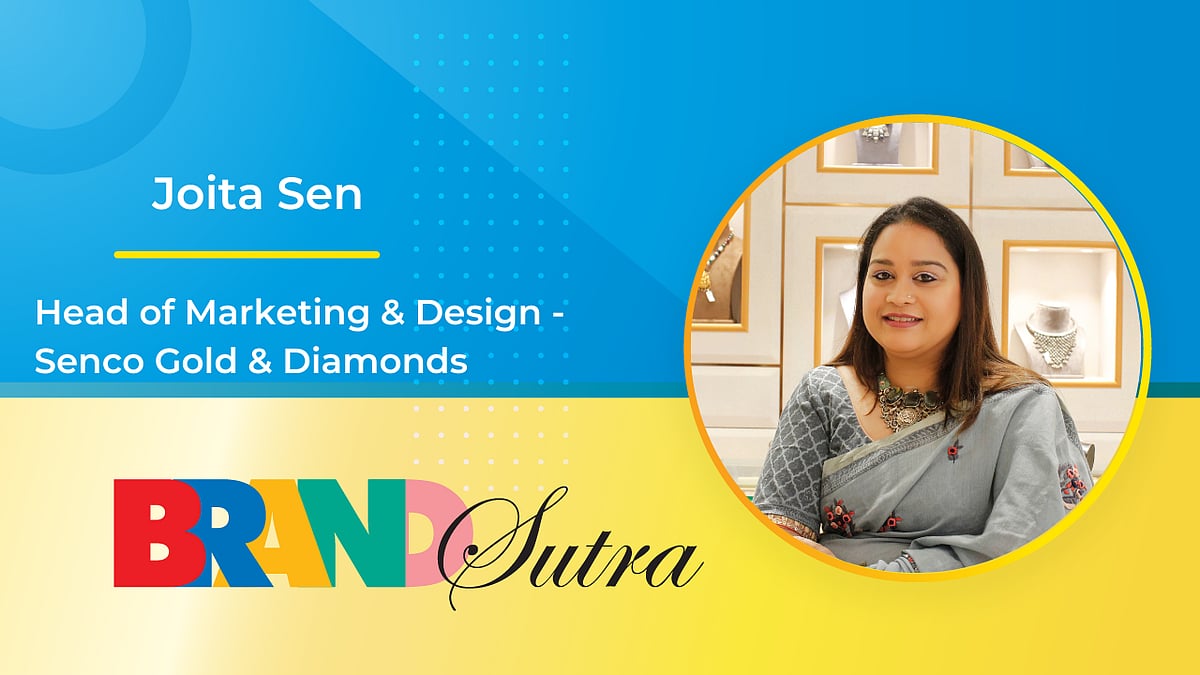Ria Panjabi set up The Hot Box Studio in 2015. As an art director and product stylist, she has worked with brands across beauty, fashion, lifestyle and food, including L’Oreal, Ajio Luxe, Bira, Estee Lauder, Yauatcha, Masaba and Hennessy. She talks to us about choosing this niche space as her career, the art of product styling and the approach brands take to appeal to Gen-Z.
How did you get into product styling and setting up your company?
I thought I wanted to direct films but was unsure if Bollywood would be a fit for me. So, before I enrolled in film school, I did an internship for two years in the film industry. On set, I was always attracted to the art division. I realised that most art directors were working in Bollywood and there weren’t many conceptualising for beauty and fashion. That gap in the market clicked with me.
When I started nine years ago, there weren’t many product stylists. Photographers were expected to set up their own shots and art directors were used only on big sets. But there's a huge difference between building a big set and a small set. The attention to detail in smaller sets is a completely different skill set.
I converted a space in my home into a studio and collaborated with photographers who were kind enough to shoot some very ugly compositions. It took me months of practising almost every day to be able to understand how to compose a shot and find the right balance.
Tell us about the art of product styling.
I often compare it to ikebana, which is a Japanese art form that brings flowers to life. In the same way, I bring products to life by selecting materials and colours that complement the product and make it stand out. Ikebana also teaches you to find beauty in imperfection, asymmetry and using negative space. People no longer want to see relatable images; they want to see something fresh, which makes my job challenging. I constantly have to churn out new ideas.
How has audience behaviour in seeing marketing images evolved over the years?
The portion of people that actually care about seeing new images is just the youth. Most people are used to seeing very picture-perfect commercial photography. But I think we will not be seeing those images in the next ten years. There’s a set of art and creative directors developing new standards.
Consumer behaviour is also changing to sort of push creative people to be less relatable. When I say relatable, I mean - if you take a product and put it in its natural environment, that is relatable. Like putting a teacup in the kitchen. But what if you take the teacup on a journey? That's a more whimsical and interesting story.
How do you suggest brands capture the attention of Gen Z?
Appealing to Gen Z can be quite a challenge. Gen Z is futuristic but also retro. I think the trick is to make something seem less trendy. Retrofuturism is a trend currently dominating social media and the youth, where people like to see modern things juxtaposed with elements from the past. So, across industries, you'll see new-age products with very vintage propping.
How do you tailor your sensibilities to suit the brands that you work with?
I'll never do the same project twice. It will always be a different concept, which means it's always a new learning curve. Even if I worked with 12 skincare brands in a year, I look at making each project different. My job as an art director is to understand the brand and brand identity and keep my aesthetic completely out of it. But I would still compose it in a way that is sculptural.

Can you summarise key learnings from your professional career?
First, being calm and collected. Some clients can really push you to the extent that you have self-doubt, or they’ll try and make you extend your scope of work. But you have to stay calm because reputation matters a lot in this industry. So you have to find a way to do things amicably.
It is also important to be responsible. Though the job looks fun and easy, there are countless hours of work. Sometimes, we shoot for 14 to 16 hours, and you have to be on your feet and attentive the whole time. It's not as pretty or glamorous as it looks.

